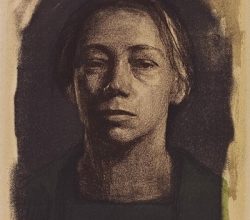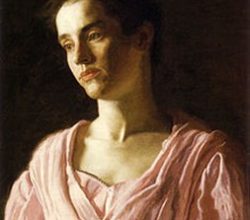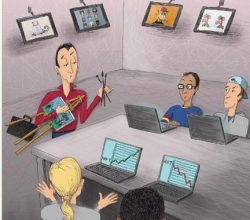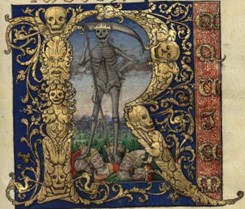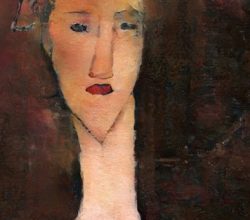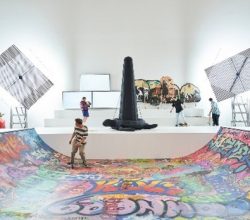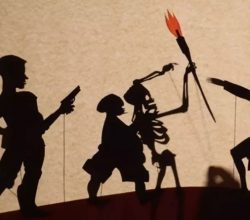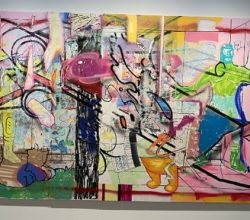
Medieval Treasures from the Glencairn Museum at the Philadelphia Museum of Art
Ed Voves | Art Eyewitness | 28th June 2022
For non-specialists, the question to be asked is whether medieval art can resonate with contemporary audiences. Perhaps it can. This art reflected a mindset that the biblical past was not past but very much alive. The best of these works are the “brilliant” stained glass panels that offer “narrative inventiveness and emotional intensity”. A few record the artist who created the work. These are the distant origins of contemporary Western art, an individual’s expression of what it means to be alive.

